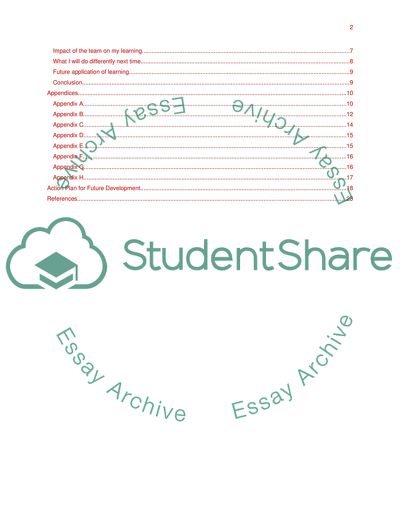Cite this document
(Strategic Planning and Control Coursework Example | Topics and Well Written Essays - 3750 words, n.d.)
Strategic Planning and Control Coursework Example | Topics and Well Written Essays - 3750 words. https://studentshare.org/management/1854794-strategic-planning-and-control
Strategic Planning and Control Coursework Example | Topics and Well Written Essays - 3750 words. https://studentshare.org/management/1854794-strategic-planning-and-control
(Strategic Planning and Control Coursework Example | Topics and Well Written Essays - 3750 Words)
Strategic Planning and Control Coursework Example | Topics and Well Written Essays - 3750 Words. https://studentshare.org/management/1854794-strategic-planning-and-control.
Strategic Planning and Control Coursework Example | Topics and Well Written Essays - 3750 Words. https://studentshare.org/management/1854794-strategic-planning-and-control.
“Strategic Planning and Control Coursework Example | Topics and Well Written Essays - 3750 Words”. https://studentshare.org/management/1854794-strategic-planning-and-control.


